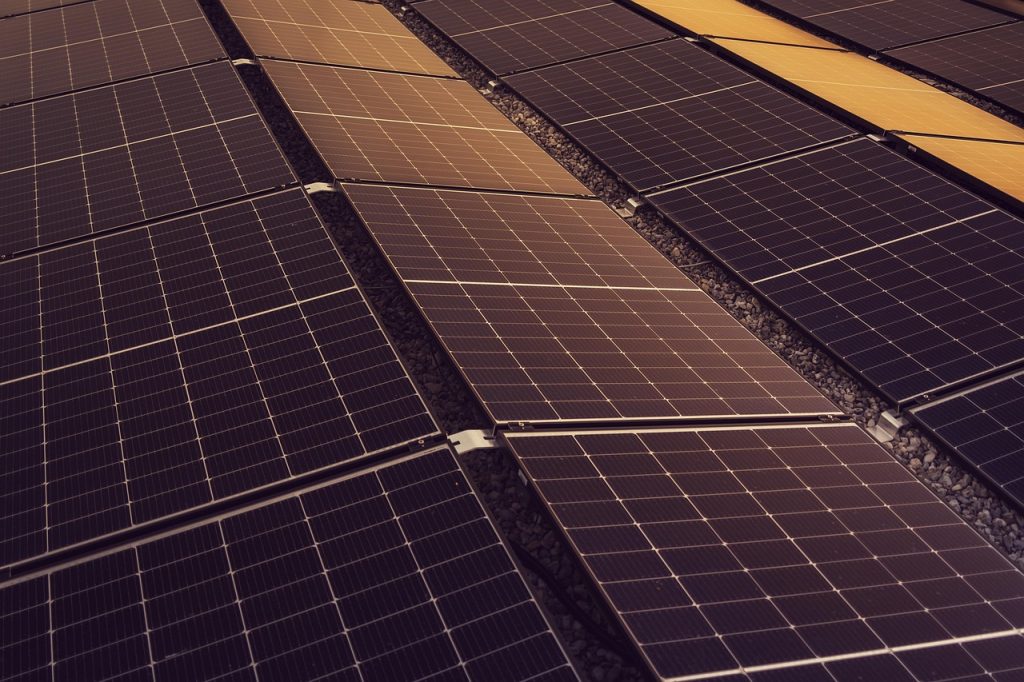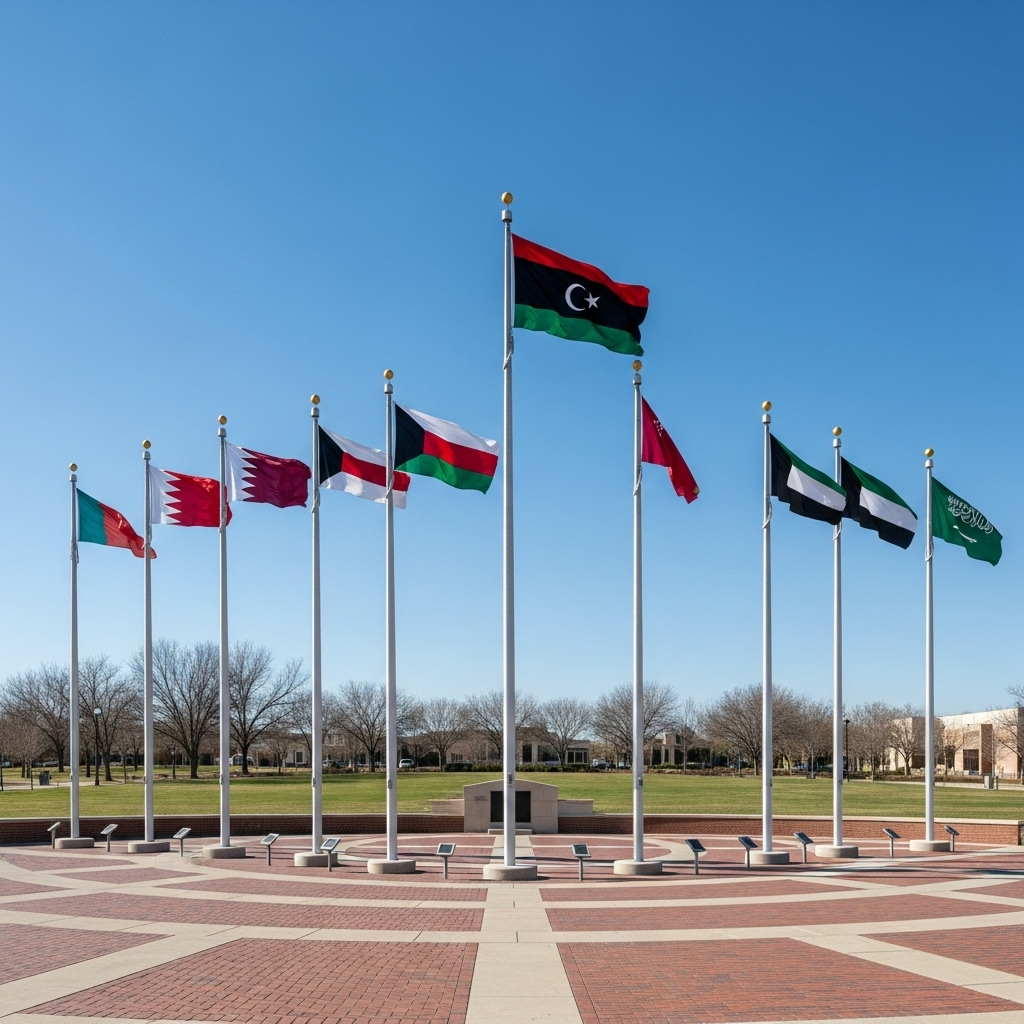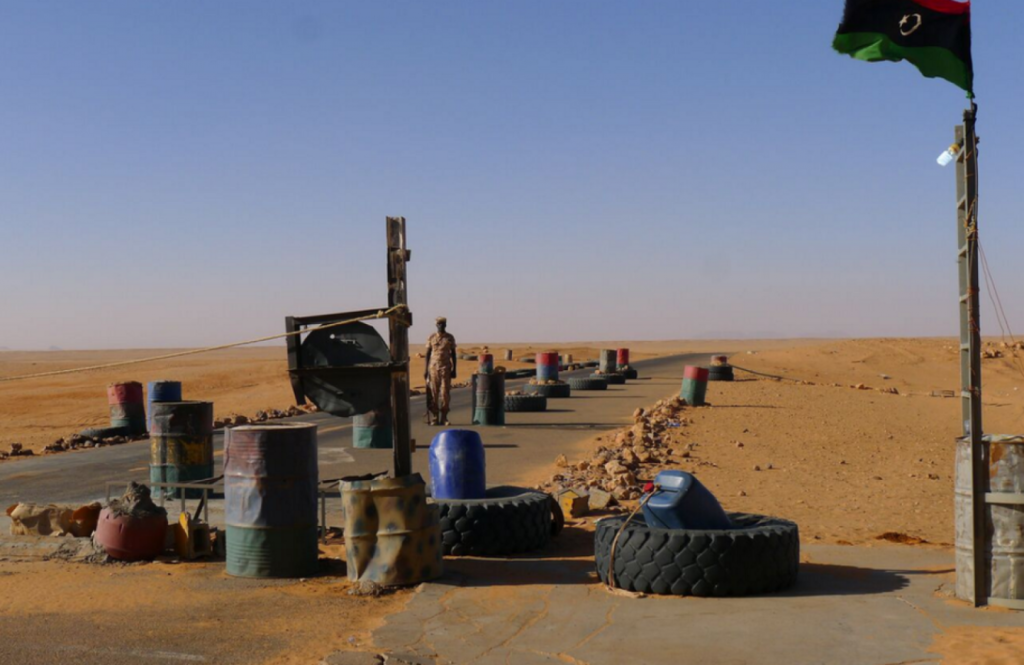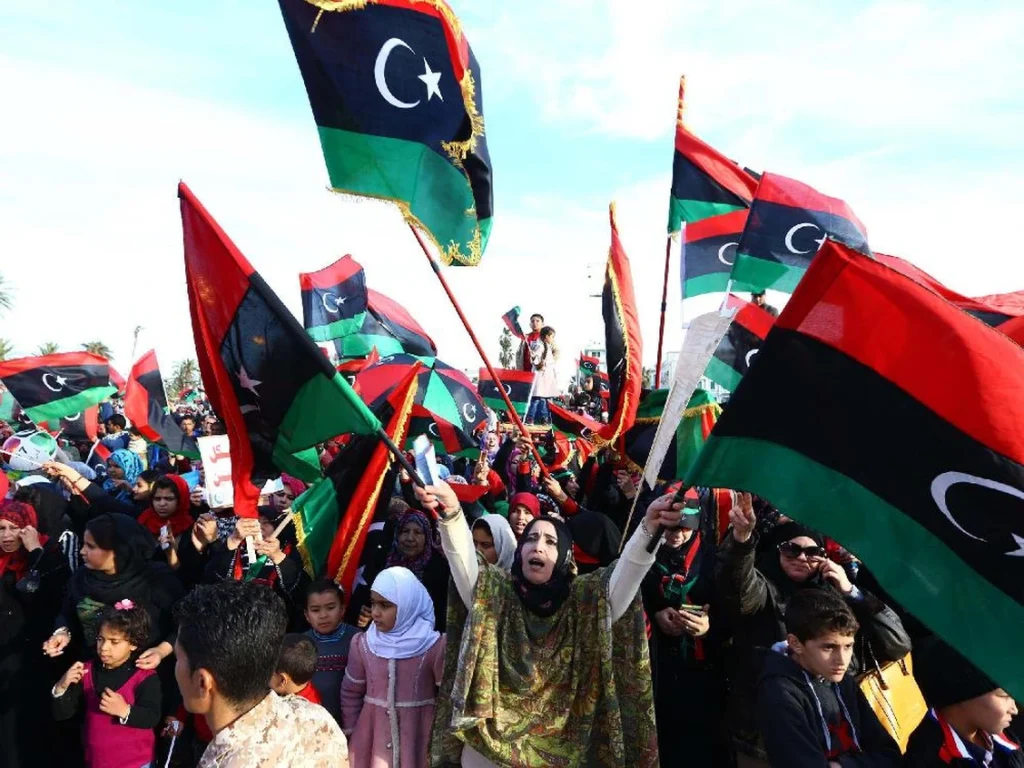Libya’s Energy Reemergence in a Changing Europe
In 2025, as Europe accelerated its shift away from Russian energy and deeper into renewables, Libya energy diplomacy began reappearing on policy maps in Brussels, Rome, and Paris. Once seen mainly as a fragile supplier of oil and gas, the country is now positioning itself as a bridge between traditional production and green transition. Its ability to sustain oil output above one million barrels per day while launching new solar and gas projects has made Libya a rare case of resilience and opportunity in the Mediterranean.
For the European Union, energy security and climate transition have converged into a single challenge. Each unit of gas or renewable electricity sourced from a stable Mediterranean partner reduces vulnerability and strengthens political leverage. With its vast reserves, high solar potential, and proximity to Europe, Libya is well placed to meet both needs. The key test now is whether its institutions, the National Oil Corporation (NOC), the Ministry of Oil and Gas, and emerging renewable agencies, can deliver sustained performance.
Libya Energy Diplomacy and Strategic Reset
Libya’s energy story has long been one of endurance. Even through political division, the NOC kept production running nationally, ensuring economic survival and preserving technical credibility. That continuity is now serving a larger goal, energy diversification. “The NOC continues to function as a national company for all Libyans,” chairman Farhat Bengdara told Reuters in late 2025, describing energy as “the bridge that keeps the state connected.”
That bridge is expanding. Italy’s Eni and France’s TotalEnergies have reactivated projects that link Libya back to European markets. Eni’s Mellitah complex, home to the Greenstream pipeline, has restored exports to near pre-2011 levels, while TotalEnergies is investing in offshore modernization and emissions-cutting upgrades. Together, these efforts demonstrate Libya’s capacity to maintain consistent, rule-based operations even in a divided political landscape.
But the long-term horizon points toward transformation. Libya receives more than 3,000 hours of sunlight a year, ranking among the world’s best sites for solar power. EU-backed feasibility studies identify Libya as a potential exporter of renewable electricity to Malta and Italy via subsea cables. Pilot solar farms near Sebha, Misrata, and Jufra, financed by Gulf and European investors, mark the start of a slow but deliberate shift toward clean energy production.
The logic is simple, hydrocarbons remain the backbone of revenue, but renewables represent the future of stability. The same pipelines, ports, and skilled engineers that have kept Libya’s oil sector alive can now serve as the infrastructure of transition, the foundation of modern Libya energy diplomacy.
Expanding into LNG and Renewables
Libya’s dual focus on gas efficiency and renewable scale offers Europe a balanced model for energy diversification. The Mellitah complex remains the cornerstone of exports, delivering around 8 billion cubic meters of gas annually to Italy. Meanwhile, expansion at Marsa El Brega aims to add liquefaction capacity that could double export potential within a decade if regulatory reforms hold.
European partners are responding in kind. The proposed Mediterranean Gas Corridor Initiative, supported by Italy and France, links Libya’s upgrades to EU grid extensions and cleaner LNG processing. By pairing gas reliability with emissions reduction, Libya energy diplomacy fits directly into Europe’s climate transition agenda.
At the same time, renewable capacity is emerging as a strategic equal. The Ministry of Planning and the Renewable Energy Authority target 10 percent of national power from solar and wind by 2030. A World Bank – EIB study identified southern Libya as capable of hosting more than 5 gigawatts of solar capacity, enough to meet domestic demand and export surplus power north. Planned interconnections with Italy’s Terna Group could eventually transmit Libyan solar energy to Europe through new undersea cables.
This hybrid model, using LNG to stabilize supply while renewables build future resilience, is the backbone of Libya energy diplomacy, balancing continuity with innovation.
Libya Energy Diplomacy and Regional Leverage
Libya’s improved reliability has begun to reshape its diplomatic standing. The European Commission’s Energy Security Review 2025 lists Libya as a “key contributor to diversified supply,” while the European External Action Service (EEAS) now classifies the country as a priority corridor in the EU’s Mediterranean Green Connectivity Plan.
For Rome, Tripoli’s role is strategic. Eni’s presence has made Libya a cornerstone of Italy’s southern energy policy. French engagement has followed suit, with TotalEnergies leading exploration in the Sirte Basin and partnering on emissions reduction. The symbolism is clear, Libya energy diplomacy has re-entered the European conversation not as a risk, but as a credible partner in the green transition.
Regionally, energy cooperation is also rebuilding ties with neighbors. Libya, Tunisia, and Egypt are exploring shared power grids and hydrogen development, spreading the cost of modernization while expanding regional trade. At the Mediterranean Renewable Energy Forum in Valletta, Libya presented a joint proposal from Tripoli and Benghazi officials for an EU-backed solar corridor connecting Misrata to Benghazi, a visible example of cooperation across political lines.
Energy diplomacy is now doing what years of peace conferences could not, reintroducing Libya as a functional actor through results, not rhetoric. Data on production, exports, and renewable generation now shape policy discussions in Brussels, the World Bank, and the IMF. The IMF’s Article IV Consultation 2025 noted that “predictable energy performance is strengthening Libya’s macroeconomic credibility.” In effect, technical reliability has become political capital.
Governance and Reform in Libya Energy Diplomacy
Libya’s success in the energy transition depends on institutional credibility. The NOC and the Central Bank of Libya (CBL) have preserved national operations through professional continuity, earning trust from both domestic and foreign partners. The challenge is to extend this governance culture to the renewable sector.
A draft National Energy Strategy seeks to unify regulation across hydrocarbons, LNG, and renewables, standardizing fiscal policy, tenders, and transparency rules. The CBL is developing an Energy Transition Fund to manage revenues from carbon credits and renewable exports, ensuring accountability in how proceeds are reinvested. These frameworks may sound technical, but they are essential to attracting long-term investment. European and Gulf partners measure risk not in barrels or megawatts alone, but in predictability.
If implemented, this strategy could turn Libya’s energy institutions into models of functional governance in North Africa, technocratic, transparent, and shielded from factional politics. The reform culture that sustains Libya energy diplomacy could ultimately define the country’s economic credibility.
Domestic Benefits and Workforce Development
Libya’s energy transformation is not only a foreign-policy story, it is increasingly a domestic one. Solar, gas, and infrastructure projects are generating jobs, training opportunities, and local supply chains that link economic recovery with social stability. According to the Ministry of Labor, more than 7,000 Libyans have been directly employed in energy-related construction and maintenance since 2024, with another 15,000 engaged in secondary services such as logistics, electrical assembly, and safety inspection.
Partnerships with international firms are reinforcing this shift. Eni, TotalEnergies, and the EU’s Global Gateway initiative have jointly launched training programs for young technicians in Misrata, Sebha, and Ajdabiya, focusing on renewable installation, energy auditing, and environmental monitoring. The UN Development Programme and Libya’s Renewable Energy Authority are also piloting vocational courses that connect graduates to new solar sites. “The transition is not just about exports, it is about creating the skills to keep young Libyans employed at home,” said a senior NOC engineer in September 2025.
This emerging workforce represents one of Libya’s most tangible dividends from institutional stability. As projects expand, domestic supply chains, from cable production to maintenance services, are replacing imports and retaining value inside the economy. Analysts at the World Bank estimate that each gigawatt of new solar capacity could sustain up to 1,500 long-term technical and administrative jobs.
Linking energy development to employment is also shaping public perception. Citizens increasingly associate the NOC and renewable agencies with visible outcomes rather than distant revenues. This connection between governance, work, and dignity strengthens the legitimacy of state institutions and grounds Libya energy diplomacy in real social progress.
Policy Outlook
Libya’s energy diplomacy is credible but fragile. Sustaining it requires embedding performance in law, transparency, and cooperation:
- Finalize and publish the National Energy Strategy. A unified framework across oil, gas, and renewables would give investors clarity and signal political maturity.
- Increase transparency. Regular publication of production, revenue, and project data would strengthen domestic accountability and sustain international confidence.
- Align Libya’s transition with the EU’s Green Deal and Global Gateway. Positioning solar and LNG projects within Europe’s funding mechanisms would make the partnership structural rather than transactional.
These steps would lock in progress, ensuring Libya energy diplomacy remains a durable cornerstone of Mediterranean cooperation.
Powering Libya’s Place in Europe’s Green Future
Libya energy diplomacy reflects a state rebuilding credibility through function. By maintaining hydrocarbon stability while moving into renewables, Libya is becoming both a stabilizer and a transition partner for Europe. Each solar field and gas upgrade strengthens the idea that governance can grow from performance. The challenge now is to turn operational success into institutional permanence. If Libya manages that balance, it will stand at the heart of the Mediterranean’s energy future, powering recovery at home and resilience abroad.



